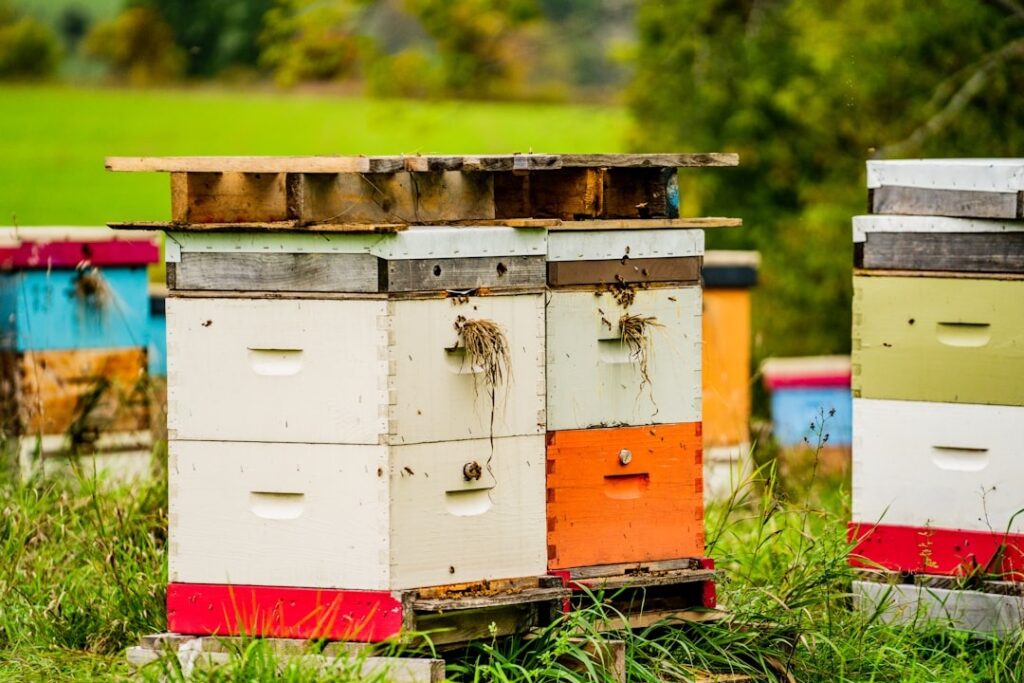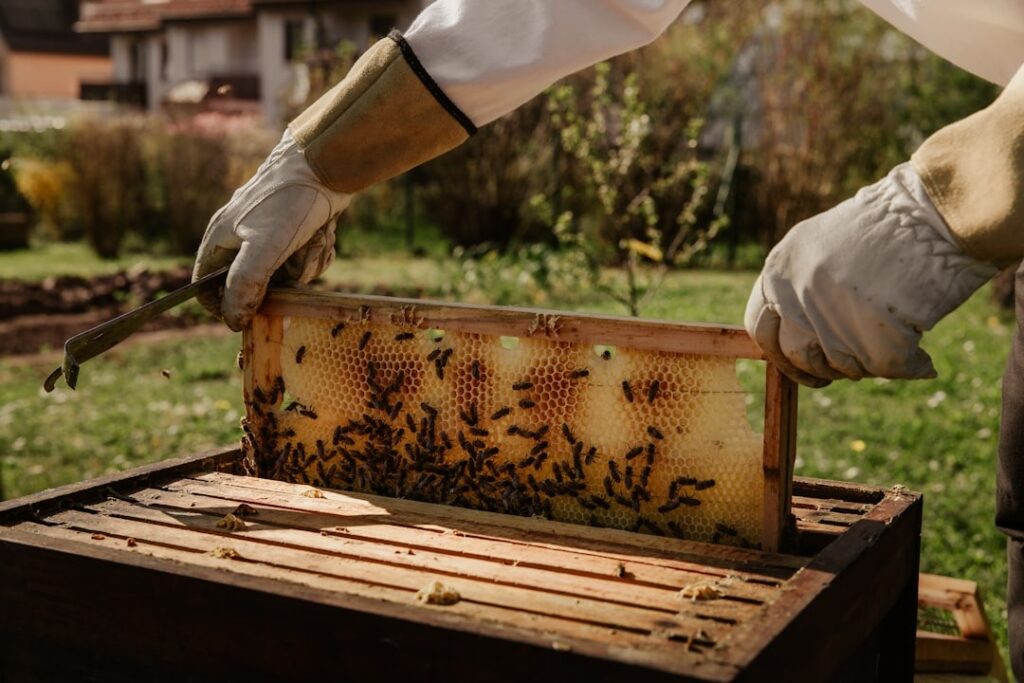Sustainable aviation has been a hot topic over the last few decades both inside the industry and with the general public. With a greater understanding of the transportation sector’s role in climate change, people are eager for innovative strategies to mitigate these impacts. Many airports have taken on this challenge, implementing or planning the electrification of airport vehicles, on-site renewable energy production, energy efficient buildings, waste reduction efforts, and recycling programs.
While airports continue to create internal improvements, there is growing interest in reaching outside airport boundaries and exploring creative strategies in collaboration with local communities. The reality is that an “all of the above” approach is needed for the industry to become more sustainable. But the path to sustainable development doesn’t rest on environmental progress alone. It also includes economic and social aspects. Together, these three dimensions—people, planet, and profit—form the foundational pillars of sustainability.
Aviation undoubtedly provides many economic benefits, and the industry is currently focused on reducing its environmental impacts. But we feel more could be done on the people side of the equation. In a post-9/11 era where increased security has created a strong sense of separation between airports and surrounding communities, there is an even greater need to rebuild relationships, identify shared goals, and develop mutually beneficial partnerships.
At cepa consulting, we have a strong interest in advancing sustainability in all forms, with particular emphasis on building stronger, more self-sufficient communities. This article focuses on how airports of all sizes across the country are advancing social and environmental sustainability through small-scale local projects.
Thinking locally, acting locally.
Community-focused airport sustainability projects are those that have the potential to improve health outcomes, build resilience, and develop skills that help people grow and advance. Often these projects are relatively inexpensive, and they may even help solve headaches that the airport has to deal with anyway. On top of that, they have the potential to build better community-airport relations and lead to good publicity. They really can be a win for everyone.
So, what types of projects are we talking about? They vary a lot over different locations and airport sizes, but here are a few examples:
Beekeeping
It may sound a bit strange, but a growing number of airports host apiaries on their property. These include Indianapolis (IND), Orlando (ORL), and Chicago O’Hare (ORD) International airports. In addition to producing their own honey, these facilities help to stabilize the declining bee population and benefit local agriculture through pollination of crops. But some apiaries are also supporting people in the community. The University of Minnesota run apiary at Minneapolis – St. Paul International Airport (MSP) provides free beekeeper training to veterans.
At O´Hare, the hives are maintained by the North Lawndale Employment Network and associated business Sweet Beginnings. A partnership between these organizations and the city provides job training to disadvantaged people in the community and meaningful transitional employment for those reintegrating into society after incarceration. The hives at O’Hare currently house more than a million bees and produce thousands of pounds of honey annually.
Bee hives take up little space, can be located almost anywhere outside of the airport operation area, and can be easily relocated if necessary. They can be a great first step for airport operators considering new sustainability programs.


Trails
A few airports have developed trails to improve local recreational opportunities and provide community benefits. For example, Baltimore-Washington International Airport (BWI) has a trail that loops more than 10 miles around the airport perimeter and includes an observation area and playground. The Airport Playfield Trail at Lunken Airport in Cincinnati circles the airport and connects into the extensive regional network. A connector trail that will link the airport to downtown is under development, providing even more opportunity for exercise and commuting.
In a more rural setting, Searcy County, Arkansas is developing a network of mountain bike and running trails on county land adjacent to the Buffalo River Airport (4A5). This community-led project currently has 1.5 miles of singletrack trails and is seeking funding for future expansion. The project aims to bring visitors to the airport by offering camp sites, bike rentals, and direct trail access. It also provides local recreation opportunities and hopes to spur economic development on the back of a mountain biking boom taking place in Northwest Arkansas.

Community Gardens/Urban Farming
Several airports have incorporated community gardens or urban farming as part of their outreach to the areas they serve. A community garden at the Columbus Municipal Airport (BAK) in Indiana has been located on airport property since 1984. The Greater Lansing Food Bank manages a community garden at Capital Region International Airport (LAN) in Michigan.

The 7-acre Eastwick Community Garden has been active at the Philadelphia International Airport (PHL) since the 1970s. It is the largest community garden in Philadelphia and is one element of the community relations and outreach efforts between the urban airport and its neighbors.
Parks and Recreation
Other more traditional recreational uses such as parks and athletic fields have been incorporated into airport property as well. Of course these tend to be developed and maintained by local governments rather than users themselves, but they provide social and health benefits for the local community. A recent publication by the Airport Cooperative Research Program titled Parks and Other Recreational Uses on Airport Property includes case studies on the design and implementation of these facilities.
These are just a few examples of projects that airport operators, in cooperation with local community groups, could pursue. There are many other options as well. These projects often utilize land that has marginal aeronautical development potential or even land that is not feasible to develop for aeronautical purposes. Done properly, they provide local benefits, improve airport-community relations, and advance sustainability.
So, what’s the catch?
Though these projects are often relatively simple and cost effective, they require careful planning in two key areas to ensure success. The first is the initial development of the project, in close cooperation with the community, to ensure that it can be impactful and self-sustaining. This means giving those who will eventually use and maintain the facility something that they are proud to take ownership of. It also means helping them to develop the capacity to sustain what they have built within the limits of what the airport environment allows.
The second key area is the navigation of aviation-related issues that could hold up a project or create future problems for the airport. This means properly incorporating these projects into the airport master planning process, meeting FAA expectations, and mitigating the potential impacts (such as those in NEPA) that might be triggered by non-aeronautical land uses on or adjacent to airport property. Nobody wants headaches down the road that impede the airport’s operation or growth. And nobody wants the potential conflict that comes with unexpected removal of a valued community asset.
At cepa consulting, we are passionate about helping airports do good in the communities they serve. We have the expertise to help bring the airport and its neighbors together to turn these types of projects into reality. The staff at cepa have experience in developing programs promoting community health, encouraging local food production, and planning for bicycles and pedestrians. We also have technical expertise in airport planning, bicycle and pedestrian safety analysis, and facility layout. Most importantly, we can help the airport and community members build lasting relationships with mutual benefit.
Whether you are an airport operator, a consultant seeking to add specialized knowledge to your team, or an airport-adjacent community group, don’t hesitate to reach out to us to discuss possibilities. We are always happy to brainstorm innovative and sustainable ways to bring communities and their airports together.


Leave a Reply